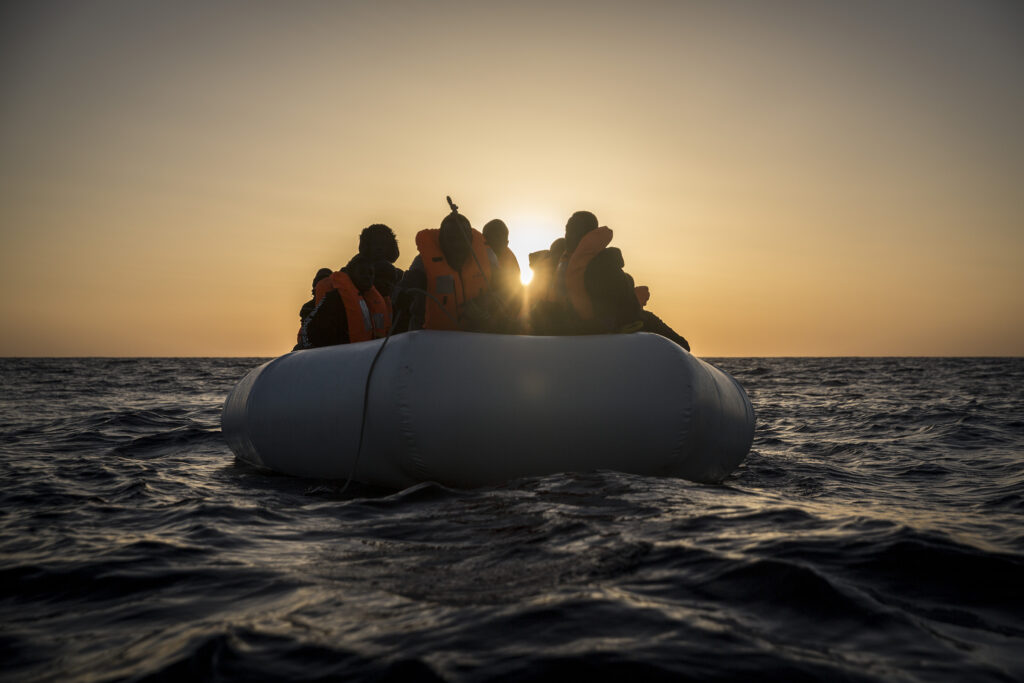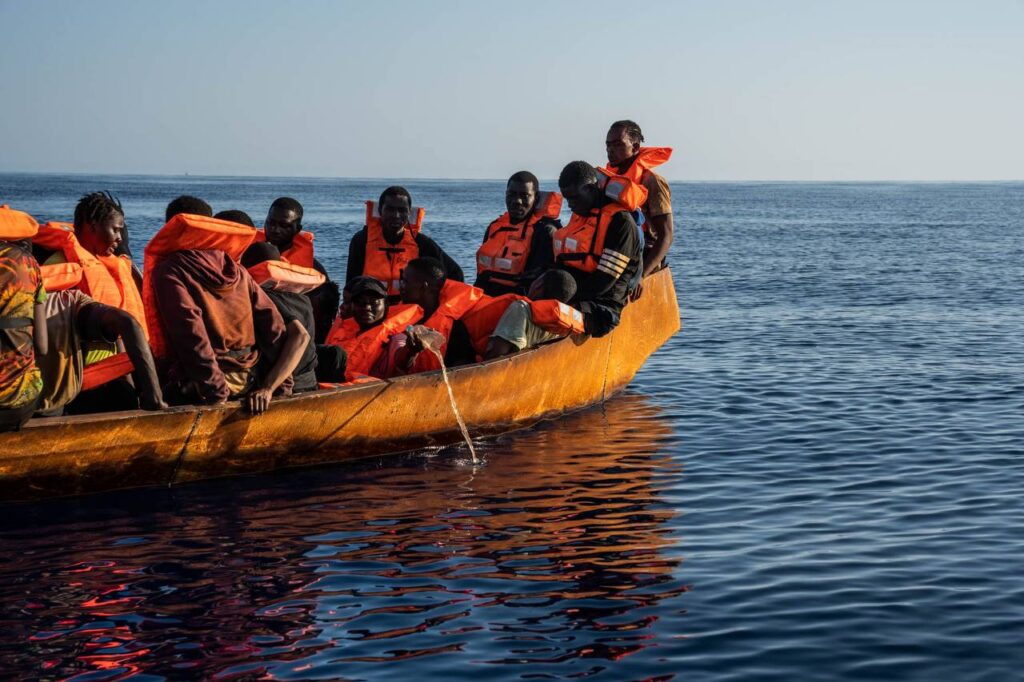
MIGRATION FLOWS
Eastern Mediterranean
If you believe that in the face of war, the lives of the most vulnerable must be protected, you are one of us.
the route
This route runs mainly from the coasts of Turkey to the Greek islands, although there are also departure points from Libya and, to a lesser extent, Egypt. It played a major role between 2015 and 2016, during the Syrian refugee crisis, when hundreds of thousands of people arrived on the Greek islands.
Today, most of those taking this route come from Syria, Afghanistan, Iraq, Eritrea, Somalia, Ethiopia, and, to a lesser extent, Sudan, South Sudan, or more eastern regions of the DRC and Uganda. Although it is the shortest route to Europe, it remains extremely risky. In addition to the dangers of the journey itself, people face pushbacks by Greek police, abandonment at sea in inflatable rafts, and other serious threats.

Salidas y destinos
- The highest number of departures takes place from the Turkish coast, specifically from Aegean regions such as Izmir, Mugla, or Balıkesir. Before reaching the Turkish coast, there are often overland journeys from countries like Syria, Iraq, Afghanistan, or Iran.
- The destination is the Greek islands near the Turkish coast, such as Lesbos, Samos, Chios, Kos, or Leros, among others.
- Afterwards, migrants or refugees may try to move on to mainland Greece and continue their journey toward Western European countries via the so-called “Balkan route.”
Details
Since 2016, the EU and Turkey signed an agreement that significantly reduced arrivals, although departures have continued — especially among people of Syrian, Afghan, or Iraqi nationality. In fact, 2022 and 2023 saw an increase in departures, although still far from the massive numbers recorded in 2015 and 2016.

